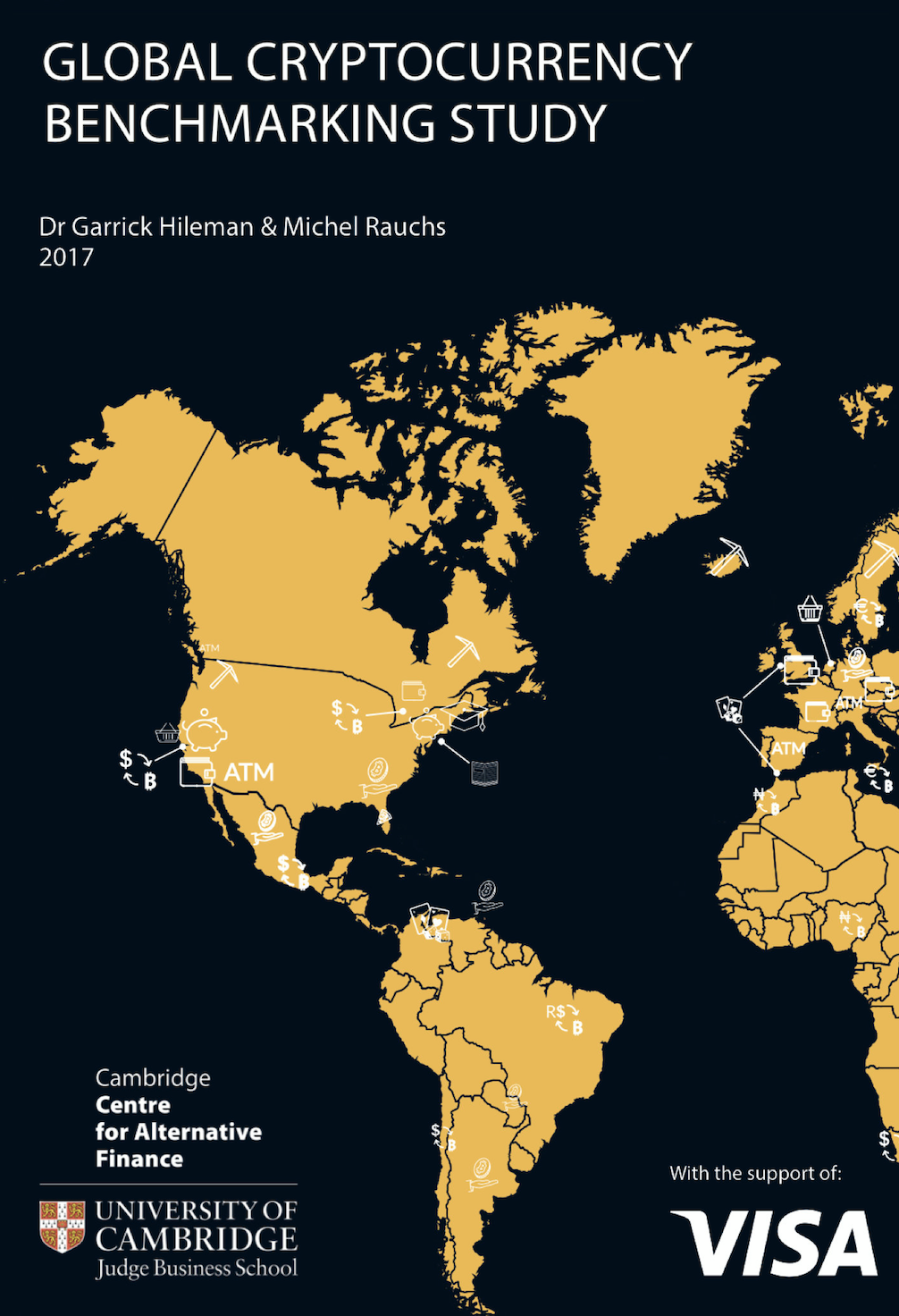Publications
I have been involved in the publication a few reports over the years that can be found below (ordered chronologically). Some papers are also available on my SSRN author page.
Hyper Real: An Overview of Global Blockchain Industry Trends
January 2021: Invesco Research Vignette
Co-authored with Keith Bear.
A short research vignette on behalf of Invesco that provides a beginner-friendly overview of the burgeoning blockchain ecosystem and traces back the evolution of its various components.
Financial Services Leads The Development Of Enterprise Blockchain
November 2020: Global Digital Finance Research Vignette
Co-authored with Keith Bear.
This short research vignette explores the latest developments and trends in Enterprise Blockchain. We introduce a simple conceptual framework that divides the ecosystem into four interconnected layers – protocols, platforms, networks, and applications – and examine each category on its own.
Legal and Regulatory Considerations for Digital Assets
October 2020: Cambridge Centre for Alternative Finance, Judge Business School, University of Cambridge
Co-authored with Jason Grant Allen, Apolline Blandin, and Keith Bear.
The report examines legal and regulatory challenges arising from the emergence of digital assets. The aim is to frame future legal and regulatory discussions around digital assets, as well as to identify general trends and concepts across jurisdictions rather than to provide granular analysis of any given jurisdiction’s legal position.
2nd Global Enterprise Blockchain Benchmarking Study
September 2019: Cambridge Centre for Alternative Finance, Judge Business School, University of Cambridge
Co-authored with Apolline Blandin, Keith Bear, and Stephen McKeon.
The second edition of the Global Enterprise Blockchain Benchmarking Study provides new insights into the current state of the enterprise blockchain ecosystem. The study gathers survey data from 160 start-ups, established companies, central banks, and other public-sector institutions from 49 different countries worldwide. The empirical analysis specifically focuses on enterprise blockchain networks that have entered in production.
Global Cryptoasset Regulatory Landscape Study
April 2019: Cambridge Centre for Alternative Finance, Judge Business School, University of Cambridge
Co-authored with Apolline Blandin, Ann Sofie Cloots, Hatim Hussain, Rasheed Saleuddin, Jason Grant Allen, Bryan Zhang, and Katherine Cloud.
The first global comparative study of cryptoasset regulation by the Cambridge Centre for Alternative Finance, conducted with the support of the Nomura Research Institute (NRI), provides crucial insights into the cryptoasset regulatory landscape. The study is based on an in-depth analysis of 23 jurisdictions, and serves as a practical and analytical tool for regulators, market participants, and other stakeholders in the cryptoasset ecosystem.
2nd Global Cryptoasset Benchmarking Study
December 2018: Cambridge Centre for Alternative Finance, Judge Business School, University of Cambridge
Co-authored with Apolline Blandin, Kristina Klein, Dr. Gina Pieters, Martino Recanatini, and Bryan Zhang.
The second edition of the Global Cryptoasset Benchmarking Study provides new insights into the current state of the cryptoasset industry. The study gathers survey data from more than 180 cryptoasset companies and individuals, covering 47 countries across five world regions. The empirical analysis specifically focuses on the following four key industry segments: mining, exchange, storage, and payments.
Distributed Ledger Technology Systems: A Conceptual Framework
September 2018: Cambridge Centre for Alternative Finance, Judge Business School, University of Cambridge
Co-authored with Andrew Glidden, Brian Gordon, Gina Pieters, Martino Recanatini, François Rostand, Kathryn Vagneur, and Bryan Zhang.
A conceptual framework is presented that divides a distributed ledger technology (DLT) system into three main layers – protocol, network, and data – which can be further subdivided into a set of components and processes. The report outlines various configuration options for each process and demonstrates how specific design choices can lead to different system properties and characteristics. A key takeaway is that trade-offs are inherent to DLT systems, and move along a spectrum according to specific security assumptions, threat models, and trust relationships.
Global Blockchain Benchmarking Study
September 2017: Cambridge Centre for Alternative Finance, Judge Business School, University of Cambridge
Co-authored with Dr Garrick Hileman.
The first Global Blockchain Benchmarking Study gathered data from over 200 enterprise DLT start-ups, established corporations, central banks and other public sector institutions, including non-public data obtained through confidential online surveys. It provides an empirical overview of the current state of both enterprise and public sector use of blockchain and DLT.
Global Cryptocurrency Benchmarking Study
April 2017: Cambridge Centre for Alternative Finance, Judge Business School, University of Cambridge
Co-authored with Dr Garrick Hileman.
This is the first study to systematically investigate key cryptocurrency industry sectors by collecting empirical, non-public data. The study gathered survey data from nearly 150 cryptocurrency companies and individuals, and it covers 38 countries from five world regions. The study details the key industry sectors that have emerged and the different entities that inhabit them.
Cryptocurrencies Meeting Business Ecosystems: The Case of Bitcoin
September 2016: Grenoble Ecole de Management
Master’s Thesis: Master in International Business (MIB). 20/20 Academic Excellence Reward.
This paper explores the emergence of the Bitcoin business ecosystem and its evolving structure using a data-driven approach, and identifies the factors that drive this evolution. A theoretical market segment framework is developed and applied to a longitudinal dataset of 514 companies and projects that was specifically built for this project. Using a visualisation approach, the business ecosystem is mapped in terms of the affiliations of entities to market segments over a time window from 2010-2015 in order to visually analyse how the structure evolves.









